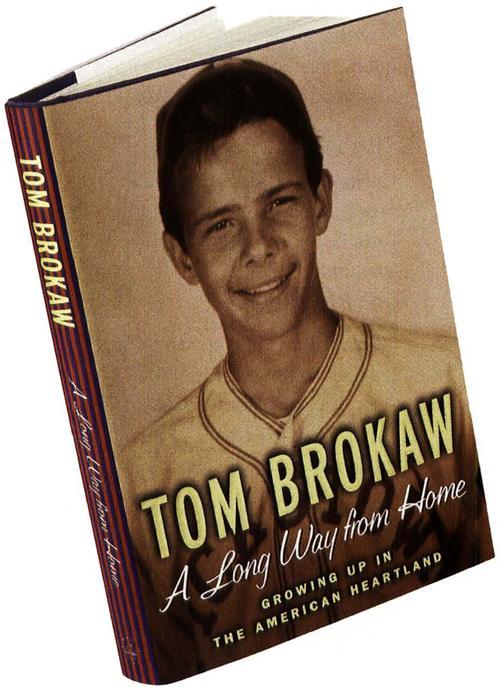Sign up for the Family Tree Newsletter Plus, you’ll receive our 10 Essential Genealogy Research Forms PDF as a special thank you!
Get Your Free Genealogy Forms
"*" indicates required fields

When Mother and I returned to South Dakota in 1996, she was alternately chatty and pensive at my side, realizing that there might not be many more trips to the small towns and countryside that she had called home. It was a kind of spiritual pilgrimage, as we made the turnoff that would take us to the farm where she had lived until she was 16. She leaned forward on the passenger side, looking for landmarks, momentarily confused by her memory of a treeless plain and narrow dirt roads where now there were mature cottonwoods and a two-lane paved highway.
Then, there it was: the Conley farm. Once it had been a collection of primitive buildings and a small, unpainted house perched atop a grassy prairie; now it was a prosperous-looking ensemble of a white two-story house, a red barn and a granary tucked into a thick grove of trees. A few miles away, her grandfather Tom’s farm had disappeared. All that remained were a few old trees from the grove he had planted. As we drove down the country lanes, Mother ticked off the names of the families who had once settled here on their own 160-acre plots, now long abandoned to the efficiencies of much larger corporate farms. Her neighbors were mostly of Scandinavian and German descent, the dominant ethnic groups in South Dakota, drawn by the same lure as her father: cheap land and an independent life, a claim on the promise of the prairie as a reliable producer of grain and a friendly environment for livestock.
The Brokaw House, the three-story hotel established by my great-grandfather, anchored the north end of Main Street in Bristol, a few miles north of the farm, until it was torn down in 1962. A few of my parents’ nieces and nephews and their childhood friends remain in the area, but the Brokaw and Conley names now are prominent mainly on the headstones in the family plots at the Bristol and Webster cemeteries.
As I watched my mother absorb all the changes in the landscape of her childhood and contemplate the development of her life from that time and place to the present, I was again reminded of how I have benefited from being a close witness to her steady-as-she-goes attitude, the rewards of a focused, temperate approach to whatever challenges arose. She embodies the pragmatism and utilitarianism of the culture in which she was raised, and of her life with my father, Red.
When my wife’s parents and Mother’s sister all died within a short period, Mother was suddenly the sole surviving senior member of several families. She became a matriarch, and grandmother to nephews and nieces as well as to her own grandchildren. It was a role she simply assumed, and it was a continuation of her lifelong ability to move forward, take control and concentrate on others.
Although I have lived in a different universe, those experiences of my parents have always been compass points. They steer me to amusement when someone is sounding off, inflated by his own self-importance, to discomfort when I spend foolishly, to remorse when I complain about minor inconveniences.
From the April 2003 issue of Family Tree Magazine.
ADVERTISEMENT

